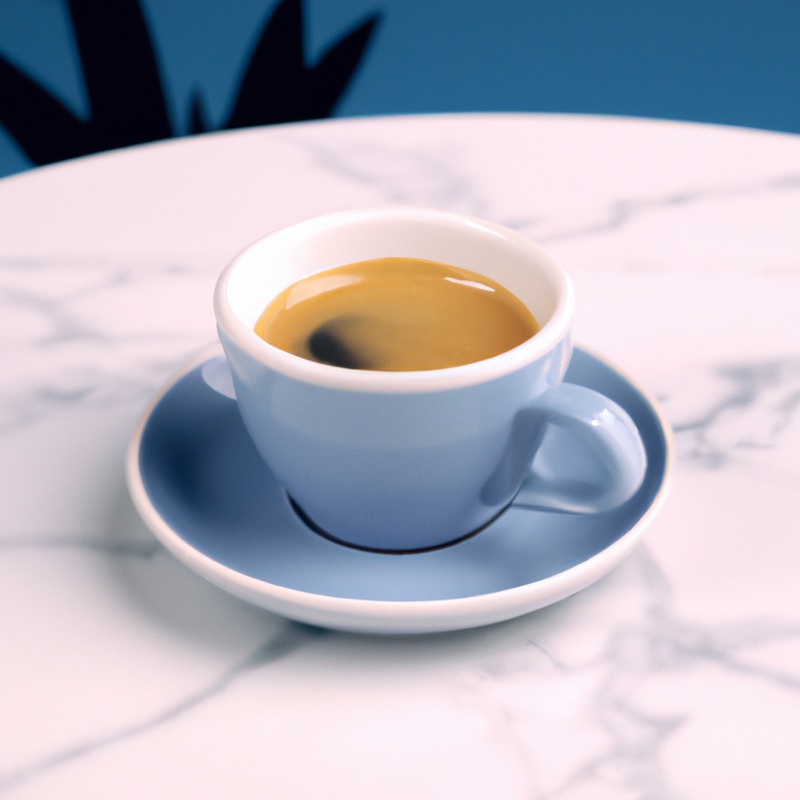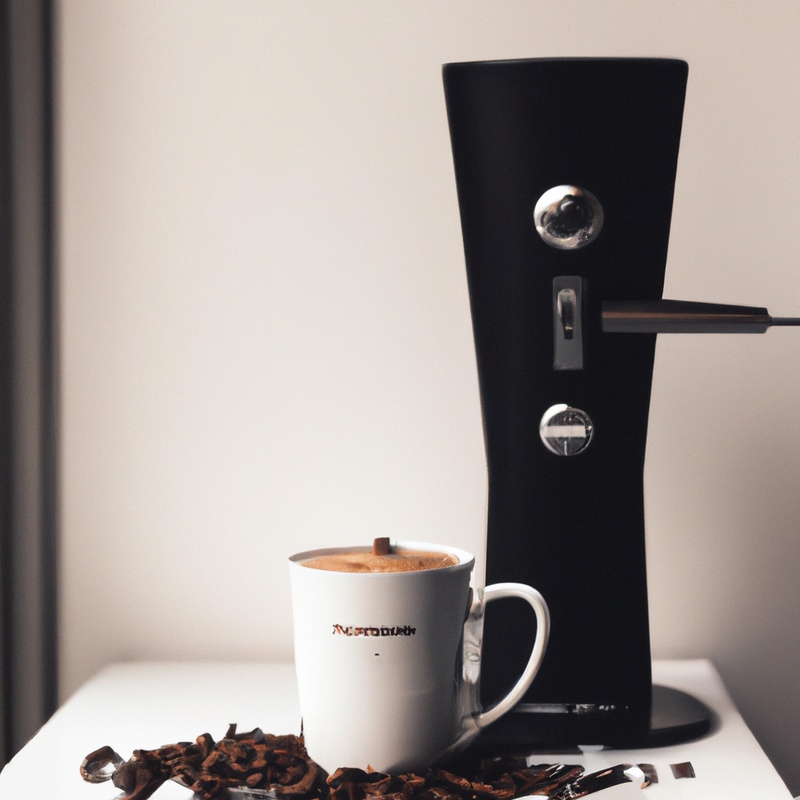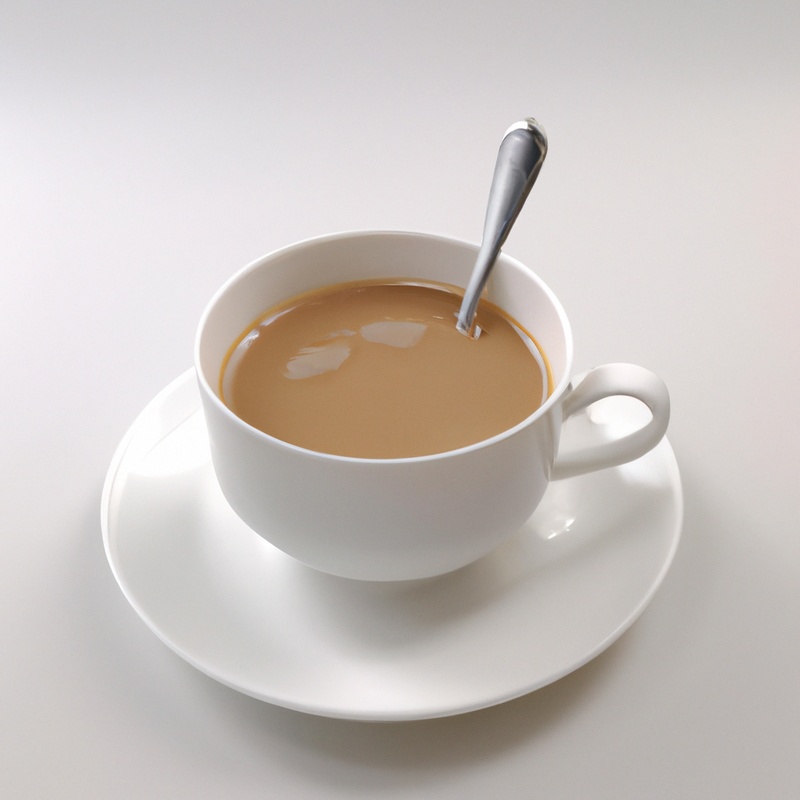Key Takeaways:
- Yes, you can brew whole bean coffee using a coffee grinder.
- Grinding your own whole bean coffee ensures maximum freshness and flavor.
- Experiment with different grind sizes to find the perfect brew for your taste.
- Investing in a quality burr grinder can greatly enhance your coffee brewing experience.
Do you find yourself in need of a strong, aromatic cup of coffee to kickstart your day? Look no further than the enchanting world of whole bean coffee.
While it may seem intimidating, brewing your own whole bean coffee is a rewarding experience that allows you to savor the freshness and complexity of the beans.
In this blog post, I will guide you through the step-by-step process of brewing whole bean coffee, share essential tips for achieving the perfect cup, and answer some frequently asked questions. Get ready to elevate your coffee game and embark on a flavorful journey! So, can you brew whole bean coffee?
Absolutely! Let’s dive in and uncover the secrets to this artful and delightful brewing method.
| Pros | Cons |
| You can control the grind size to suit your preference | Might require an additional investment in a coffee grinder |
| Preserves the freshness and flavor of the coffee beans | Requires more effort and time compared to pre-ground coffee |
| Offers a wider variety of coffee bean options | Requires storage solutions for the whole beans |
| Allows for experimentation in brewing methods | May result in inconsistent brewing if not done correctly |
| Can be more cost-effective in the long run | Requires learning and practicing proper brewing techniques |
How to brew whole bean coffee
To brew whole bean coffee, you’ll need to select the right coffee beans, grind them to the desired consistency, choose a brewing method, brew the coffee, and finally, enjoy your freshly brewed cup.
Step 1: Selecting the right coffee beans
When it comes to selecting the right coffee beans, there are a few factors to consider. First, think about the roast level you prefer – light, medium, or dark.
Next, consider the origin of the beans – different regions produce unique flavors.
Additionally, pay attention to the coffee’s tasting notes, which describe its flavors and aromas. Finally, consider your brewing method – some beans are better suited for certain methods.
By keeping these factors in mind, you can choose the perfect coffee beans for your brew.
Step 2: Grinding the coffee beans
When grinding your coffee beans, it’s important to find the right consistency for your brewing method. A coarse grind works best for a French press, while a medium grind suits a drip coffee maker.
For espresso, a fine grind is needed.
Consider investing in a burr grinder, as it provides a consistent grind size. Experiment with different grind sizes to find your preferred flavor profile.
Step 3: Choosing the brewing method
When it comes to choosing the brewing method for your whole bean coffee, there are a few factors to consider. First, think about the flavor profile you prefer – some brewing methods like French press or pour-over bring out different nuances in the coffee.
Second, consider your time constraints – if you’re in a rush, a drip coffee maker might be more convenient.
Lastly, think about the level of control you want over the brewing process – manual methods like Aeropress or espresso machines offer more customization options. Ultimately, it’s about finding the method that suits your taste preferences and lifestyle the best.

Step 4: Brewing the coffee
To brew whole bean coffee, grind your beans to the desired consistency. Use about one tablespoon of coffee per 6 ounces of water.
Heat the water to a temperature just below boiling.
Place the coffee grounds in a French press or a coffee maker with a filter. Pour the hot water over the grounds and let it steep for a few minutes.
Press the plunger or start the brewing process.
Pour your brewed coffee into a cup and enjoy!

Step 5: Enjoying your freshly brewed whole bean coffee
Step 5: Enjoying your freshly brewed whole bean coffee Now that you’ve brewed your whole bean coffee to perfection, it’s time to savor the delicious results. Here’s how you can fully enjoy your cup of java:
- Take a moment to appreciate the aroma: Before taking your first sip, inhale the wonderful aroma wafting from your coffee cup. Let it awaken your senses and prepare you for the rich flavors to come.
- Sip slowly and savor the taste: Take small sips and allow the flavors to dance on your palate. Pay attention to the different notes and nuances of the coffee, whether it’s fruity, nutty, or chocolaty. Enjoy the complexity of the brew.
- Experiment with your coffee: Don’t be afraid to add a twist to your coffee experience. Try different sweeteners, milk, or cream to find your perfect combination. You can also explore different brewing methods or types of beans to discover new flavors.
- Share the experience: Coffee is often better enjoyed with good company. Invite friends over or have a cozy moment alone, but don’t forget to share the joy of your freshly brewed cup.
Remember, coffee is subjective, and everyone has their preferences. So, feel free to adjust your brewing method or ratios until you find your personal coffee nirvana.
Happy sipping!
Tips for brewing the perfect cup of whole bean coffee
Understanding the coffee-to-water ratio, water temperature and brewing time, and proper storage techniques are essential for brewing a perfect cup of whole bean coffee.
Understanding the coffee-to-water ratio
Understanding the coffee-to-water ratio is key to brewing a delicious cup of whole bean coffee. The ideal ratio is generally 1:16, meaning one part coffee to sixteen parts water.
This ratio can be adjusted to suit personal preferences, such as a stronger or milder flavor.
Using a kitchen scale to measure the coffee and water ensures accuracy. Experiment with different ratios to find your perfect cup.
Enjoy the aromatic and flavorful results!
Water temperature and its importance
Water temperature plays a significant role in brewing the perfect cup of whole bean coffee. It is important because it affects the extraction process, as different temperatures extract different flavors from the beans.
A temperature between 195°F to 205°F (90°C to 96°C) is ideal for extracting the desired flavors and aromas.
Water that is too hot can result in a bitter taste, while water that is too cold may not extract enough flavor. So, pay attention to the water temperature to achieve that perfect cup of coffee.

Brewing time and techniques
Brewing time and techniques vary depending on personal preference, the type of whole bean coffee, and the equipment you use. Here are a few tips:
- Grind your beans just before brewing to preserve freshness.
- Experiment with different brewing methods like pour-over, French press, or espresso machines to find your favorite.
- Adjust the brewing time based on your taste preference; a shorter brew time produces a lighter-bodied coffee, while a longer brew time creates a stronger flavor.
- Follow the recommended brewing ratios: usually one or two tablespoons of coffee per six ounces of water.
- Don’t forget to preheat your equipment and use freshly boiled water for the best results.
Storing and preserving whole bean coffee
To store and preserve whole bean coffee, keep it in an airtight container away from light, heat, and moisture. This helps maintain its freshness and flavor for a longer time.
Avoid storing coffee in the refrigerator or freezer, as the fluctuating temperature can affect its taste.
Only grind the beans right before brewing, as ground coffee oxidizes faster. Enjoy a fresh and delicious cup of coffee by properly storing and preserving your whole bean coffee.
Frequently Asked Questions about brewing whole bean coffee
Can you brew whole bean coffee without a grinder?
Yes, you can brew whole bean coffee without a grinder.
One option is to use pre-ground coffee, which is readily available at most grocery stores.
Alternatively, you can use a mortar and pestle, blender, or food processor to grind your whole beans.
It may not be as precise as using a grinder, but it can still produce a decent cup of coffee.
Remember to adjust your brewing method and brewing time accordingly to ensure the best flavor extraction.
How long do whole bean coffee bags last?
Whole bean coffee bags typically have a shelf life of about 2 to 3 weeks after the roasting date.
This is because whole bean coffee retains its freshness and flavor best when it is freshly roasted and ground just before brewing.
To maximize the lifespan of your whole bean coffee bags, store them in an airtight container in a cool, dry place away from direct sunlight and moisture.
Avoid storing them in the fridge or freezer, as they can absorb odors and moisture that can compromise the taste of your coffee.
Enjoy your delicious brew!
Can you mix different types of whole bean coffee?
Yes, you can absolutely mix different types of whole bean coffee! It can actually be quite fun and adventurous to experiment with different combinations and create unique flavor profiles. For example, you could mix a bold and rich dark roast with a brighter medium roast for a well-balanced cup.
Just be sure to grind the beans to a consistent size and adjust the brewing parameters accordingly to get the best results.
Let your taste buds be your guide and explore the wonderful world of coffee blending!
Can you reuse coffee grounds from whole bean coffee?
Yes, you can reuse coffee grounds from whole bean coffee.
After brewing a fresh pot, you can use the leftover coffee grounds in a few different ways.
Firstly, you can use them as a fertilizer for your plants.
Coffee grounds are rich in nutrients like nitrogen, potassium, and phosphorus, which can help your plants grow.
Simply sprinkle the grounds around the base of your plants or mix them into the soil.
Secondly, you can use coffee grounds as an exfoliating scrub for your skin.
Mix the coffee grounds with some coconut oil or lotion and gently scrub your body for a natural exfoliation.
Lastly, coffee grounds can be used as a natural deodorizer.
Place them in a small bowl or sachet and keep them in your fridge, closet, or bathroom to absorb odors.
So don’t throw away those coffee grounds – give them a second life!
What is the difference between whole bean coffee and pre-ground coffee?
Whole bean coffee is coffee that is sold in its whole form, meaning the beans have not been ground yet.
Pre-ground coffee, on the other hand, refers to coffee that has already been ground into a fine powder before it is packaged and sold.
The main difference between the two is freshness and flavor.
Whole bean coffee retains its flavor and aroma better because the beans are protected from oxidation until they are ground.
Pre-ground coffee, however, tends to lose some of its flavor faster due to increased surface area.
Additionally, whole bean coffee allows for more control over the grind size and brewing method, resulting in a more customized and flavorful cup of coffee.
Final Verdict
Brewing whole bean coffee is a process that requires attention to detail and some key steps. From selecting the right coffee beans to grinding them to the proper consistency, and choosing the right brewing method, each step contributes to the perfect cup of coffee.
Understanding the coffee-to-water ratio, water temperature, and brewing time are essential for achieving optimal flavor.
Additionally, proper storage and preservation of whole bean coffee ensure freshness and longevity. With these tips and knowledge, you can confidently brew delicious and satisfying cups of whole bean coffee at home.
Happy brewing!
